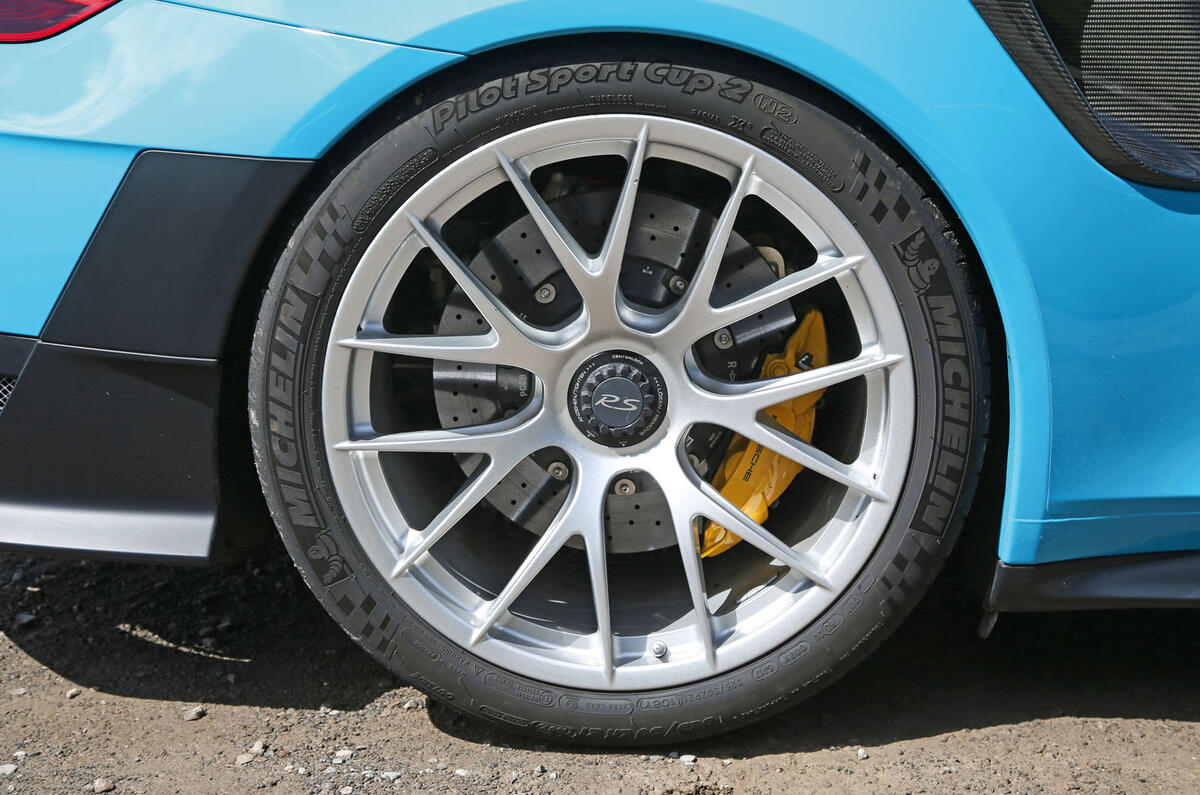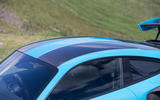Variously faster, wider, stiffer, more powerful and more ‘motorsport’ than any road-going 911 that Porsche has yet made, the 911 GT2 RS – Weissach’s range-topping GT-car godfather – steps up for examination by the Autocar road test microscope this week.
With this car, Porsche comfortably surpasses the official engine output of even the 1990s-era 911 GT1 in competition trim. Leaving aside tuner specials, this is by some margin the most potent version of the firm’s celebrated sports car ever fitted with numberplates.
And you’re about to find out if it can, in line with its well-publicised success on the Nürburgring Nordschleife, eclipse Lamborghini ’s Huracán Performante to become the fastest road car we’ve timed around a lap of our dry handling circuit.
In the hands of Porsche test driver Lars Kern, the GT2 RS recorded a lap time of 6min 47.3sec at the Nordschleife last year, making it the fastest road-legal car to be timed there. What’s less well known, and arguably even more impressive, is that its record-setting lap was one of five flying laps done in the same stint, all of which were under the 6min 50sec marker – and any of which would have been quick enough to steal Lamborghini’s thunder.
The new GT2 becomes the latest in a line of five namesakes, the first of which appeared in 1995 as a homologation version of the 993-generation 911, built to allow Porsche’s motorsport department to make 911 race cars to suit GT2 sports car racing regulations, hence the derivative suffix.




































































































